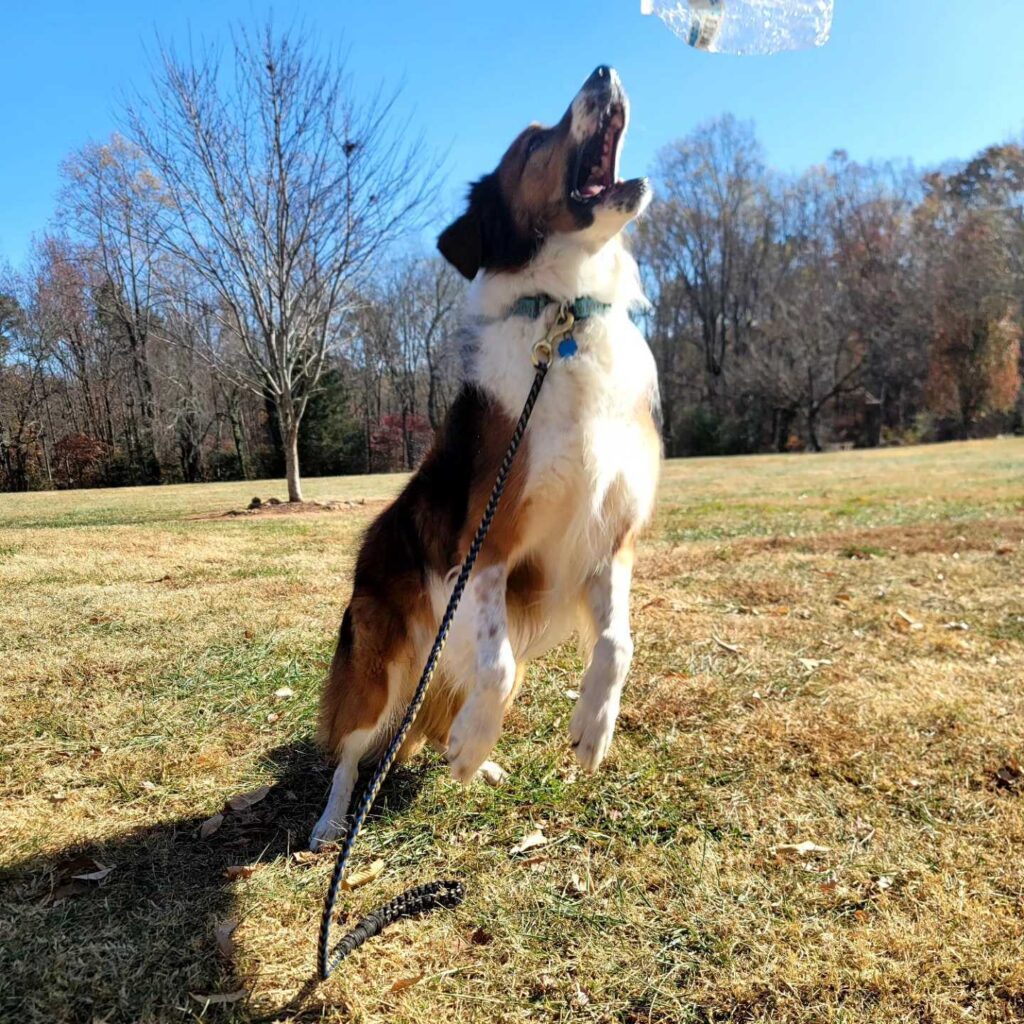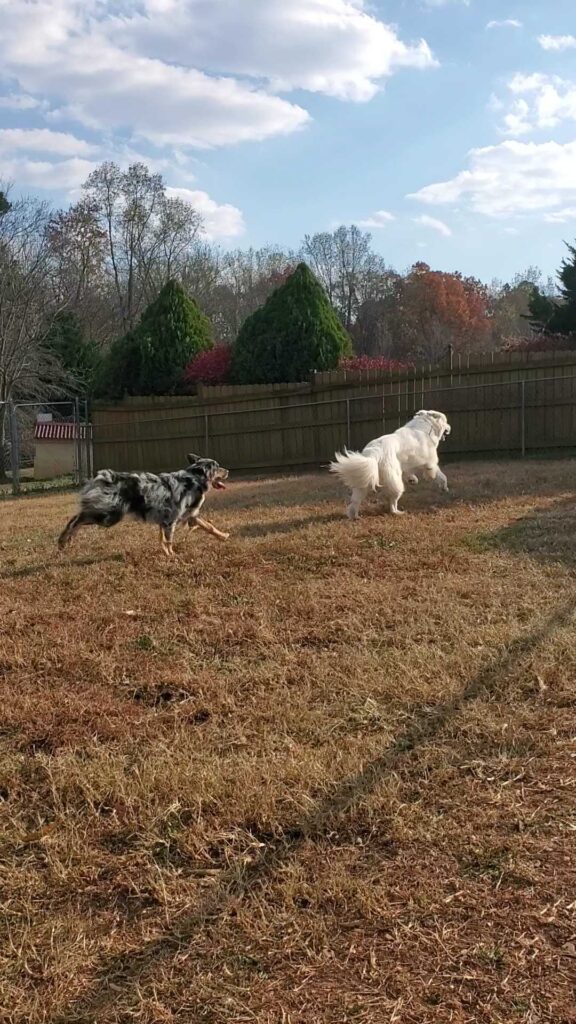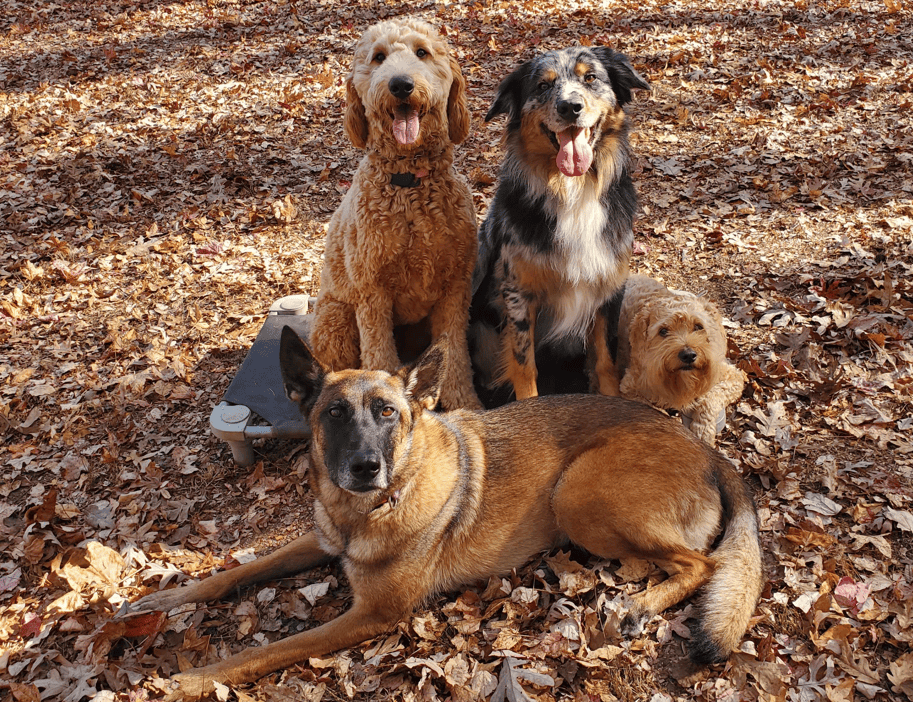“If you do what you love, you will never work a day in your life.”
Countless variations of this quote exist in different structural formats, with an equal number of accredited authors. We are all familiar with it, have been influenced by it, inspired by it, used it to inspire and have, ultimately, been misled by it. The romance and poetry of the expression are abundant and only rivaled by the level of deceit contained within its texts.
I propose a variation of my own. I will replace romance with reality, and poetic license with practical limitations. This amendment will not make an appearance at any high school graduation nor onto the sides of coffee cups. The truth has a way of smothering applause and can be very hard to swallow.
I submit to you that we must work every day of our lives to maintain the privilege of doing what we love. Yes, I am guilty of constructing an underwhelming modification to a classic; however, I remain innocent and immune to any charge of over-exaggeration. To testify that doing what you love as a profession will never be mundane, laborious or feel like a chore is sheer perjury, and I would like to call some witnesses to plead my case with examples.
First witness to the stand is the professional athlete. He approaches with a long list of physical ailments from arduous training whilst fueled by a 24/7 calorie deficit to simply be prepared for 80 minutes of the game time 17 matches a year.
Next, I will now call the professional musician; she is exhausted from her year-long tour, having spent more time on a bus than the stage or the studio. She is here out of convenience as she has a contract dispute to settle in a different courtroom later this evening.
Finally, I wish to call myself, the professional dog trainer. A portion of this day has been invested into the washing of kennels, followed by the cleaning of cuts and scratches from overzealous obedience students. The final part of the evening, I find myself hunched over a computer screen and keyboard in a futile attempt to clean a pestilent culture shift leaking into the dog training industry. Like an oil spill into the ocean, it spreads without bearings, polluting an otherwise harmonious ecosystem. Enough neglect and it will leave its greasy black mark onto the environment and harmony ceases to exist; creatures and beings will simply just avoid the darkness as it continues to spread.
Myth vs. reality
The seeping venom I reference is the escalation of one and two week off leash Board and Train programs within our professional eco system being marketed as an evolution to the climate. As evolution is the slow change of organisms over many generations, it is hardly the word to assign to such a distortion with a disappointing emphasis on velocity and quantity.
A growing number of dog trainers are advertising advancements in technologies and philosophies to manipulate a naïve public into the acceptance of false promises and prophecies. A promise that, with one or two weeks of training, all your behavior modification and/or obedience discrepancies will be resolved.
It is not the intent of my verbal rampage to deny such technological or philosophical progress. On the contrary, I am proud to report they are as real and constant as the winds and the waves. These advances, however, serve the purpose to increase the quality of dog training in all contexts; very much like mermaids, krakens and sirens, a reliable consistent quantity approach to dog training is mythological: it does not exist.

There are, however, some similarities between these mythical beasts and the quantity training monsters of our realm, the Siren is perhaps a perfect example, enticing their victims into a sinister fate with an alluring song. Unfortunately, you, the reader, are the victim in my fable, and what an easy victim you are. If you are investing time to consume these texts, you are, no doubt, devoted to your dog; you can – and will – invest a small fortune into the physical and emotional well being of your K9 companion. You will assign every resource at your disposal to this resolve . . . except time away from your best friend. You are an easy target because of the love you hold for your dog. Because of this love, you cannot ignore the Siren’s song and the false promises within its lyrics. Instead of greener pastures, you will be lured directly into the oil spill.
The best way to approach oil contamination is, unfortunately, to implement safety protocols ensuring it never happens in the first place – like avoiding an unwanted pregnancy by practicing abstinence. The intent of this article is not to destroy the quantity approach dog trainers. I have complete faith that given time they will do that to themselves.
Instead, I will be explaining why one and two-week board and train programs are unreliable, unreasonable, and unethical. I will be teaching you to see through the appealing nonsense these sirens sing, and how to practice abstinence to avoid you and your dog getting screwed and giving birth to an abundance of potential behavior problems.
The importance of building the relationship
The master of any craft is conscious and worships the fact that, to generate a product of excellence, significant effort must be invested into the foundation of the chosen craft. This is not a suggestion or theory, nor is it debatable, this is law. Even in the deep oceans of dog training, the law is no exception, and the foundation to K9 success is a craft of its own. I am talking, of course, about the construction of a sturdy, strapping and steadfast relationship between trainer and dog.
It is said that the only thing two dog trainers can agree upon is what a third trainer is doing incorrectly. As the theme of this article is rewriting popular quotes, I must get to work on this one immediately. There is one philosophy in which all canine trainers agree, and that is the foundational importance of the relationship. Quite frankly, anybody that disagrees is simply not a dog trainer.
The first and only priority for a skilled trainer with their dog (particularly a trainer specializing in behavior problems), is the development of an unwavering relationship – one with the capacity to weather all storms, to carry both trainer and dog to calm waters.
The materials needed for such an impressive vessel are straightforward; the hull is constructed with trust, the deck is made from respect, and the mast: friendship. It is all held together by an unbreakable bond. The final necessity to establish a formidable relationship between trainer and dog is the reason for this article. For a trainer to achieve the relationship needed to begin training their dog, they must implement patience.

In life, we earn our relationships; a trainer must evaluate a dog’s needs and wants to patiently capitalize off them, forming the relationship necessary to meet all goals. As a positive relationship is the foundation to dog training and it must be patiently developed, putting a strict deadline onto such an endeavor is beyond unreasonable and doing so will expose a fraudulent dog trainer masquerading as a craftsman.
To advertise that off-leash training and behavior problems will be consistently conquered in one to two weeks is ambitious to say the least, and fraudulent to say the most.
It is not uncommon for skilled trainers in the board and train context to perform immaculate relationship building activities to finally earn the relationship after one to two weeks of consistent work. This is prevalent in dogs that are ailed with some sort of anxiety or discrepancy in confidence and, unfortunately, anxiety issues are the most common behavior problem any dog trainer will be hired to confront. If it often takes a trainer one to two weeks to build the relationship necessary to even begin sailing through the muddy waters of anxiety and to weather storms of despair; a trainer preaching completion in that time is a Siren…do not follow the singing, no matter how appealing it sounds.
Next, we shall discuss cases of aggression. When an owner has reached the threshold of aggressive behavior that they are willing to accept in their household and they send the dog away for training, it is normal for the dog to feel so out of its element that it does not display any aggression at all. A trainer must wait for the dog to develop a comfort with its environment for it to feel confident enough to act out. Then, they may implement training techniques to extinguish the aggression. This can – and will – take one to two weeks (or longer), and If a dog is not at a training facility long enough for a behavior to surface, then the aggression will certainly not be resolved.
A relationship is established through skill, yes, but ultimately, patience. The nautical measurement for speed is “knots,” and if a trainer tries to push the relationship too fast, they will end up with enough knots to tie a noose and commit social suicide. Refurbishing a damaged relationship is time consuming; a trainer must take their time to build it correctly and with pride. If a trainer is not riding a relationship to glory, then they are on a life raft just hoping to get lucky.
Effective leadership is vital
As profound an objective that building a relationship is, it is merely the foundation of a dog trainer’s voyage. To successfully complete one’s endeavor, a trainer must construct a proverbial navy. The next vessel to include in formation is the leadership. Much like patience will blossom a relationship, communication will forge the infrastructure to leadership. Not only can one not be a leader without a stellar ability to communicate, but a trainer cannot fulfill their other roles in a dog’s life without it. A dog trainer is a coach, a teacher, a therapist, and a captain to their kenneled crew. All these roles require the ability to communicate.
Once the relationship has been built, it is time to establish methods of communication with the dog to teach obedience and address behavior problems. It should come as no surprise that I am about to preach the necessity of patience. Ironically, so that I may maintain your own patience, I will rush through my narrative and oversimplify dog training – to a certain extent – to make my point. Dog training techniques can be discussed in future publications.

To teach dogs behavior it is not uncommon, and is almost standard procedure, in the industry to employ what we call marker training. Trainers will teach a dog that a specific sound (such as a clicker or a verbal word) is the promise of a treat to follow. Once the dog understands the sound, a trainer then uses it to mark and reward desirable behaviors throughout the teaching process. It is an incredibly effective system to communicate and subsequently train a dog; however, it can take a few days for the dog to understand the marker before it can be utilized in training.
Between building a relationship and teaching the dog a marker, it is highly likely that a dog is well into its second week of training only to have merely days left if you hire a quantity trainer. Will they complete the agreed upon off leash and or behavior modification goals? If so, how will they do it and what leadership/communicative techniques will they practice? Prong collars and remote training collars are your answer.
I am a fierce advocate for the responsible use of training tools in multiple disciplines of dog training. Despite the negative stigma attached to these tools, I am proud to advertise to the public or anybody that will listen to me, my use of said tools. The stigma is one of cruel and unusual punishment, not unlike punitive techniques used by captains on disobedient sailors in times of yesteryear, and I make no attempt to deny this as factual. Instead of denial, I choose to lean into the harsh realities of the collars so that I may be trusted. I will then embark on an alternative approach for training tools using a variation of systems to patiently guide the dog into a complete understanding of the tools, applying low levels of pressure. When a trainer pairs these techniques with freedom, exploration, and adventure, their student – the dog – grows to adore training tools and they can then be used to confront a multitude of objectives.
A quote I will not be rewriting in this paragraph is “With great power comes great responsibility,” and that is exactly what these tools possess . . . great power.
I often enjoy comparing training tools to fire – like fire, they can be used to either create or destroy. Look around you. Every man-made object you see, fire has played a significant role in its inception. A powerful force has been treated with respect by humankind over generations, we have slowly learned how to respect and study it so that it may be used to its full potential. When one becomes a scholar of prong/remote training collars, takes time to learn how to use them to their full potential, and introduces them slowly with intent into their training like twigs to a campfire, they can and will use those tools to create balanced, happy dogs. But here is the catch – this ethical and profound approach takes more than one or two weeks.
Those that practice the speed variant of prong/remote collar training are by no means sailing on the leadership to achieve their goals. They are aboard a rival cruiser known as the Dictatorship. There is no time for communication, motivation, or engagement – only money. Your dog will be punished into learning obedience. Yes, it may lose the bad habit of jumping on guests, but with it, he will also lose a piece of his soul. The dictatorship is sailed by pirates, and very much like pirates, they are stripping a proud culture of its honor for monetary gain. Fear and respect are not the same thing.
The power of creating positive habits
A short Ferry ride to Party Island across the coast of where you live has never made a profound impact onto your psyche, has it? As the days go by, recollection of the evening’s events begin to fade and become overwritten in the captain’s log that is your mind. Unless extremely traumatic, one evening will do nothing to curve your mindset in any direction other than the way it is already heading. What you need to make lasting changes to your mind is a voyage, a long-winded consistent adventure over an extended period. This is where one can make significant changes to their personality and even become seemingly a different person to some.
This is due to the powers of Neuroplasticity in the human brain, and the brains of our canine partners are no different in this regard. Neuroplasticity’s simple definition is the capacity of brain cells to change in response to behavior. Neuroplasticity, simplified, even further in my opinion is the power of habit. If a behavior is practiced repeatedly, it will quickly turn into a habit and eventually become a part of one’s personality. Again, in my opinion, dog training simplified is also the power of habit. A dog trainer must embark with their student onto a grand voyage using both the Relationship and Leadership as transportation, creating positive mental habits, and establishing obedient behavior as a part of the dog’s personality along the way.

It is said that it takes three weeks to extinguish a bad habit and/or create a new one. Of course, this cannot be accurate as every person – and dog – are different entities with altering personalities and mindsets. Some will take longer, others shorter; a blanket statement as such must be inaccurate in the realms of behavior modification. I will, however, go easy on this quote as I admire its intent. It is highlighting the importance of consistency over an extended period, which is necessary to seeing lasting results in obedience and behavior modification programs. Even if it is possible for a quantity trainer to achieve off leash/behavior modification goals consistently and ethically in one to two weeks, the dog is not practicing its newfound mindset long enough for it to have any lasting impact whatsoever.
At Highland Canine Training, our Off Leash Board and Train (as well as behavior modification) programs are six weeks in duration. A month and a half of daily rituals and habits yielding lasting results. A dog that practices calm heeling, daily down stays around distraction, and waits calmly to be fed will become a genuinely calmer dog without removal of its original personality. A fearful dog that practices six weeks of mental obstacle crossing exercises will become a legitimately confident dog. An aggressive dog provided with the extended program of structure, discipline and exercise will cease its former troublesome behaviors. Consistency is key to dog training, and one to two weeks is not consistent dog training.
Furthermore, the final portion of our extended program is dedicated to the handling of our dogs in training quite literally anywhere and everywhere. We are on a voyage, Afterall, and this expedition will see your dog training anywhere pets are allowed: Home Depot, Hobby Lobby, TJ Maxx, local parks, festivals, markets, etc. I would argue that if a dog is not obedient around distractions, it does not know obedience – just tricks. Does one to two weeks of training give a trainer enough time to teach behaviors and then practice them in such fashion?

This article was written not only as a warning to steer clear of the pirates plundering this industry, but also to educate you on how to spot these crooks from a distance – even when the colors they fly on their masts are intentionally deceiving. An ethical trainer does not sail the Dictatorship and force behaviors through high amounts of pressure. A true craftsman takes their time to establish a relationship and communication, instructing the dog through motivation techniques.
You are an easy target because you do not wish to be away from your dog for a long time. If you choose to employ a quantity trainer, do not be surprised if your dog does not return as the same dog that you dropped off. I wish I could have simply explained that “you get what you pay for” – that would have made writing these texts much simpler. Unfortunately, though, these pirates are charging an astronomical amount for extremely short training programs.
I will finish with a final quote. “If it sounds too good to be true, then it probably is.” This quote withstands the test of time and is one I see no need in modifying.
Related posts

Follow These Car Travel Safety Tips For Your Dog
Traveling with your dog in your car can be fun – but keeping them safe should be your top priority.

Why Dogs Are The Best Pets
Okay, so we all know that dogs are the best pets – but now we’ve collated the science and data to prove it.

New Puppy Checklist: Here’s What You Need
Bringing a new puppy home? Here’s the list of everything you’ll need to give your new pup the best start in life!


You must be logged in to post a comment.